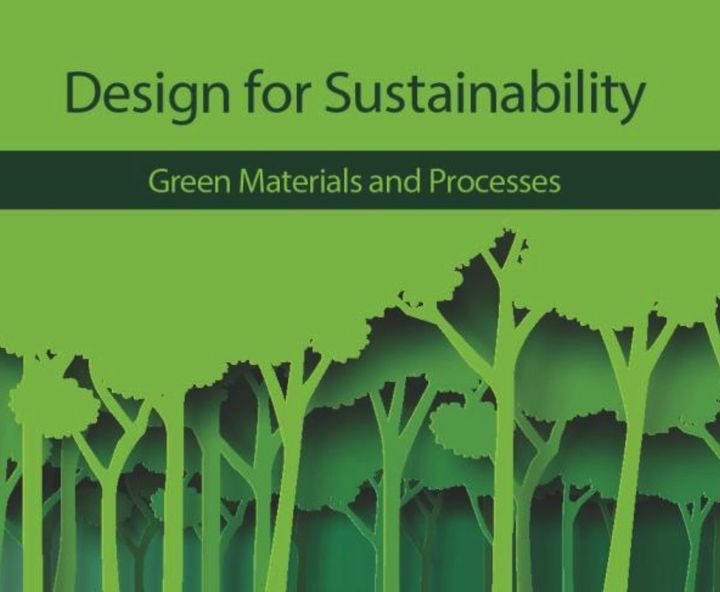
This week’s selection is “Design for Sustainability” by S.M. Sapuan and Muhd Ridzuan Mansor.
Sustainability is becoming a much stronger thought in the manufacturing community. Recent climate calamities, environmental messes, and energy wastage have raised the topic in the minds of many people, even those who were previously skeptical.
Companies that previously operated without any consideration of sustainability are now considering moves they can make to bring their activities more in line with today’s concepts of sustainability.
But what, exactly, does “sustainability” mean with respect to a manufactured product? Is it merely to use materials that are recyclable?
Certainly not, there are many more complex dimensions to the problem, some of which are neither obvious, nor easy to achieve. One must consider energy sources, energy efficiency, transport, manufacturing processes, consumables, let alone the usage of the product once in customers’ hands, and how they dispose of the item once its useful life is exhausted.
This book could be considered a guide for understanding and implementing sustainability concepts.
It’s organized as a series of research topics, each covering one aspect or another of sustainability in manufacturing.
Part I of the book covers the basic definitions of sustainability with respect to manufacturing, and explores a number of design paradigms that can be used. This includes not only materials selection, but also the manufacturing processes required. Several example product scenarios are explored.
Part II of the book explores materials more deeply, and examines not only commonly recyclable materials, but also composites, like natural fiber-reinforced polymer blends. Degradable composites are examined, as they can be an effective material for many applications.
Multiple thermoplastics are reviewed, including many common 3D printing materials, both polymers and biomaterials. Some materials include those made from agricultural products, including starch, rice, corn and even potatoes.
A considerable amount of the book is spent on fibers and how they can be used to leverage other materials to produce strong structures, yet at the same time are sustainable.
Part III of the book explores the manufacturing processes themselves, where 3D printing plays a prominent role. Other manufacturing processes, such as molding are also examined. 3D printing’s ability to produce complex lightweight objects for use in automotive or aerospace applications are reviewed against sustainability objectives.
If you’re a manufacturer considering a move towards a more sustainable future, this book is definitely one that can set you straight on the right path.
We’re an Amazon Associate and earn a small fee from qualifying purchases. Help support our 3D print news service by checking out this book!
Via Amazon
